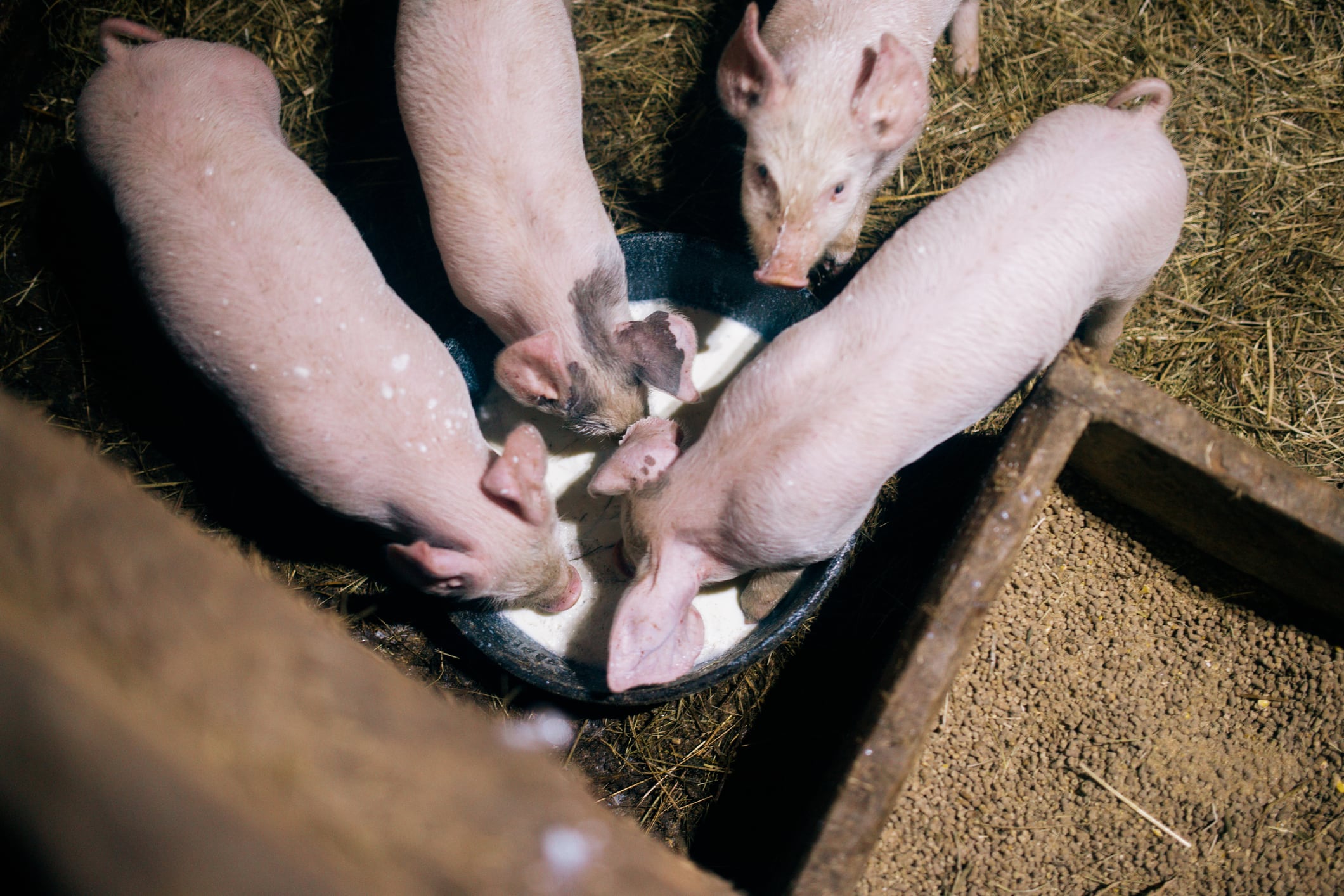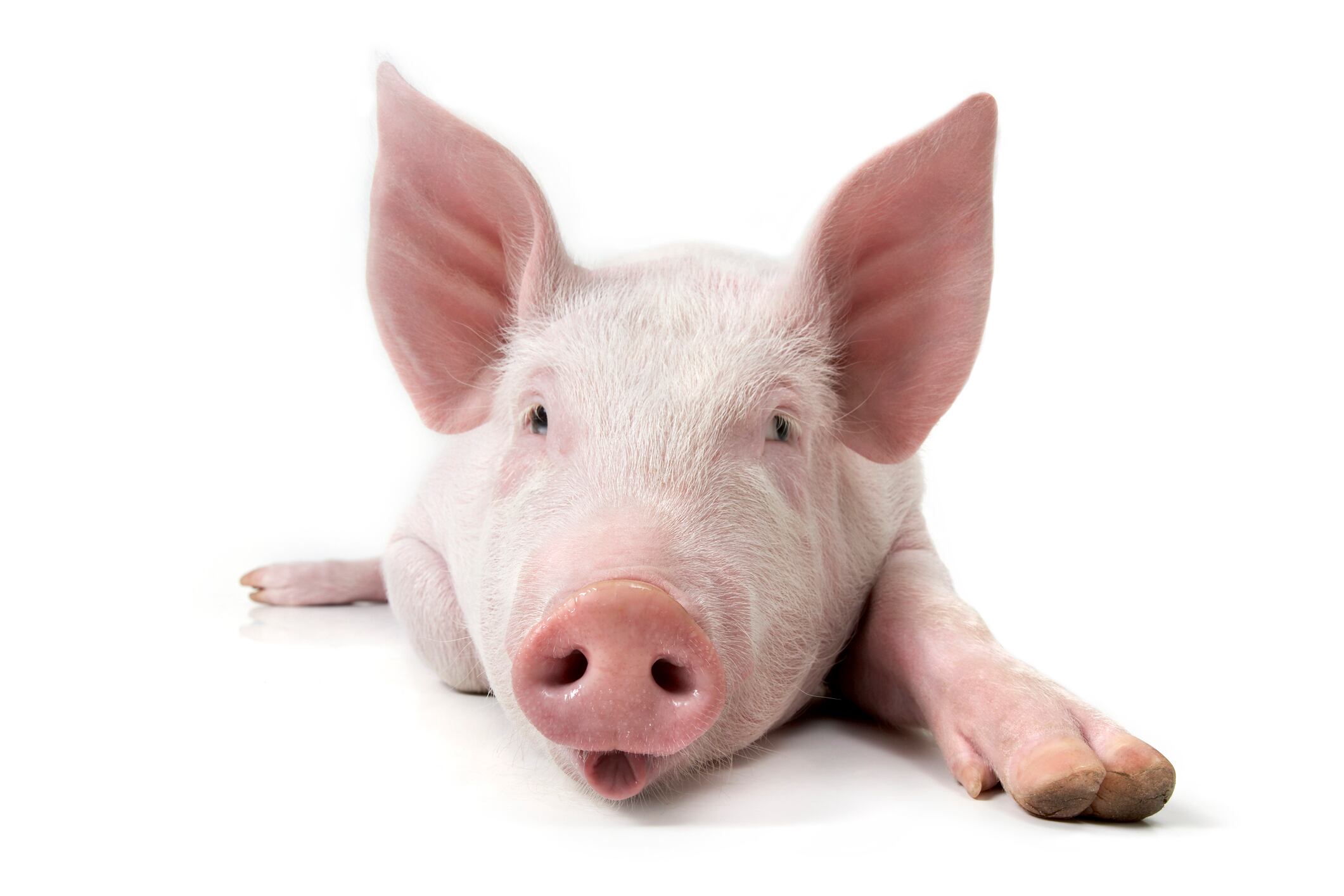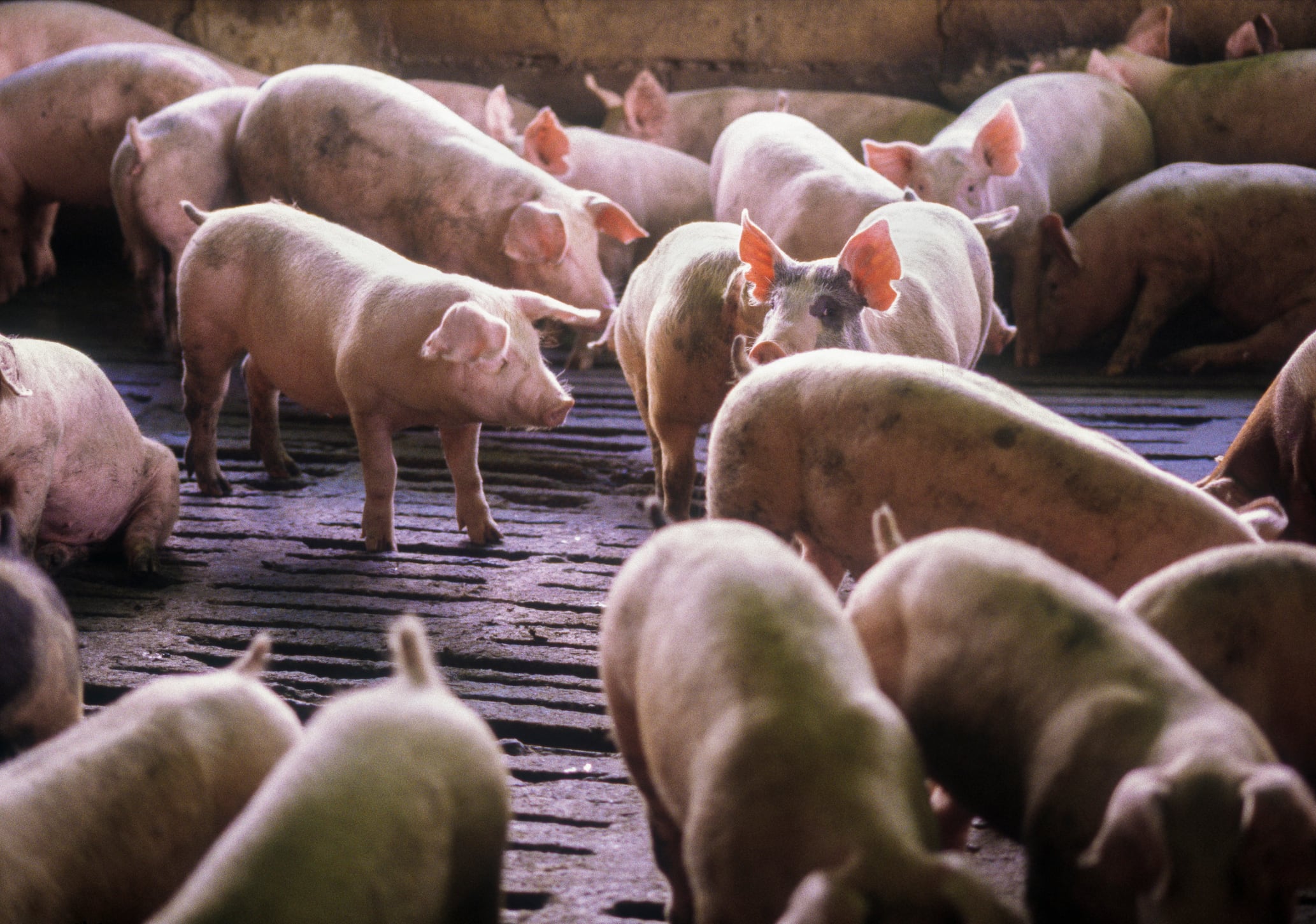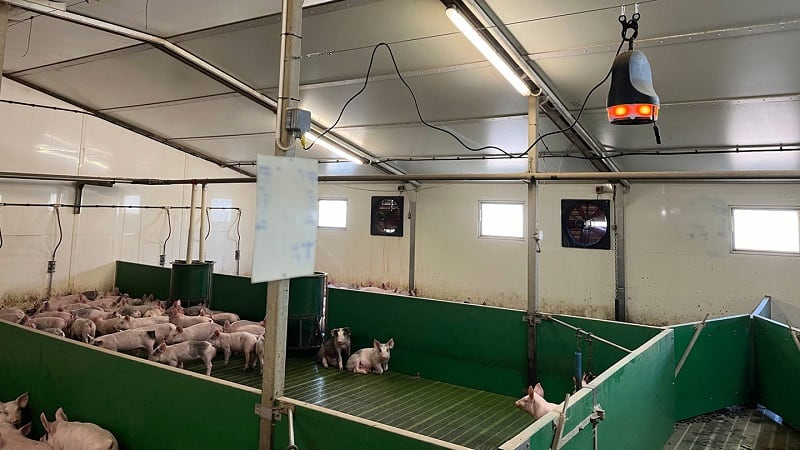Last month saw the US FDA grant approval to animal genetics specialist Genus PIC for the gene edit used to develop its Porcine Reproductive and Respiratory Syndrome (PRRS)-resistant pig.
A highly contagious and devastating swine disease, PRRS has plagued the global pork industry for over three decades. It leads to reproductive failure, respiratory illness, increased antibiotic usage, and significant economic losses. Now, after extensive research and close collaboration with regulators, PIC claims its PRRS-resistant pig offers an effective genetic solution.
“We have spent years conducting extensive research, validating our findings and working with the US Food and Drug Administration (FDA) to gain approval,” said Matt Culbertson, PIC’s chief operating officer (COO), in an interview following the announcement.
The FDA approval marks a major milestone for consumers, farmers and the pork industry who have desperately hoped for a solution to PRRS, he stressed.
The FDA’s review process was both comprehensive and pioneering; the gene-edited pig challenged the existing regulatory framework in new ways. PIC had to work closely with regulators to define how to demonstrate safety and effectiveness for a novel genetic intervention in livestock.
“That included everything from molecular characterization of the product to showing genotypic and phenotypic durability over multiple generations,” said Culbertson. “We needed to prove that the gene edit performed exactly as intended and that pork from these animals is as safe and wholesome as any other.”
The FDA agreed. Its approval confirms that the gene edit is safe for animals and humans and effective in preventing PRRS infections. Importantly, a recent study analysing 97 meat quality and composition indicators found no differences in pork from gene-edited pigs, aside from their disease resistance.
Reduction in antibiotic usage
The approval has broad implications for animal health, and antibiotic stewardship, believes the developer.
By preventing PRRS at the genetic level, the technology also reduces the susceptibility of pigs to secondary bacterial infections, which typically require antibiotic treatment.
Global regulatory pathway
While US FDA approval is a critical milestone, PIC is proceeding cautiously, mindful of pork’s status as a globally traded commodity. Approvals in key export markets such as Canada, Mexico, Japan, and others are needed before the PRRS-resistant pig can be commercially deployed.
“We‘re working hand in hand with regulators in multiple geographies,” said Culbertson. “The FDA decision is already serving as a catalyst, unlocking discussions in other regions and accelerating international reviews.”
Colombia and Brazil have already issued positive determinations on the gene-editing technology. Culbertson anticipates additional approvals in 2025.
Consumer perception
Consumer acceptance is also top of mind for PIC. Surveys conducted by the company suggest that consumers are increasingly supportive of gene editing - particularly when it is used to improve animal health and reduce antibiotic use.
“Consumers want to know there‘s a benefit to them and to the food system,” Culbertson noted. “A gene edit that creates a healthier animal and reduces the need for antibiotics is something people can understand and support.”
In contrast to earlier genetically modified organisms (GMOs), gene editing like PIC’s approach involves precise, non-transgenic changes - turning off a single gene to prevent PRRS infection. This is a naturally reproducing pig with a single, targeted genetic improvement, reported Culbertson. It’s no different from other pigs except it doesn’t get sick from PRRS, he added.
Europe at a crossroads
While Latin America and parts of Asia appear receptive, Europe remains cautious.
“The EU is at an inflection point,” Culbertson said, pointing to recent legislative developments in the UK and signs of openness within the EU Commission. “They’re starting to view gene editing as distinct from older GMO technologies. Disease-resistance use cases may lead the way toward broader acceptance.”
Toward mainstream adoption
Whether PRRS-resistant pigs become the industry norm depends on market dynamics and regulatory progress, but Culbertson is optimistic.
“PRRS affects farms of all sizes, in all production systems,” he said. “If the technology delivers a proven benefit and is accepted by markets, we believe it could become mainstream.”
With over seven generations of PRRS-resistant pigs already raised within PIC’s development programme, the COO said the company has demonstrated the durability and scalability of the solution. And unlike vaccines, which have often fallen short due to PRRS’s rapid mutation rate, the gene edit offers a stable and inheritable resistance trait, he noted.
For Culbertson, who grew up in a family farm battling PRRS for 35 years, this breakthrough is personal. “This is not just an exciting time for PIC,” he said. “It’s a turning point for the entire swine industry worldwide.”





